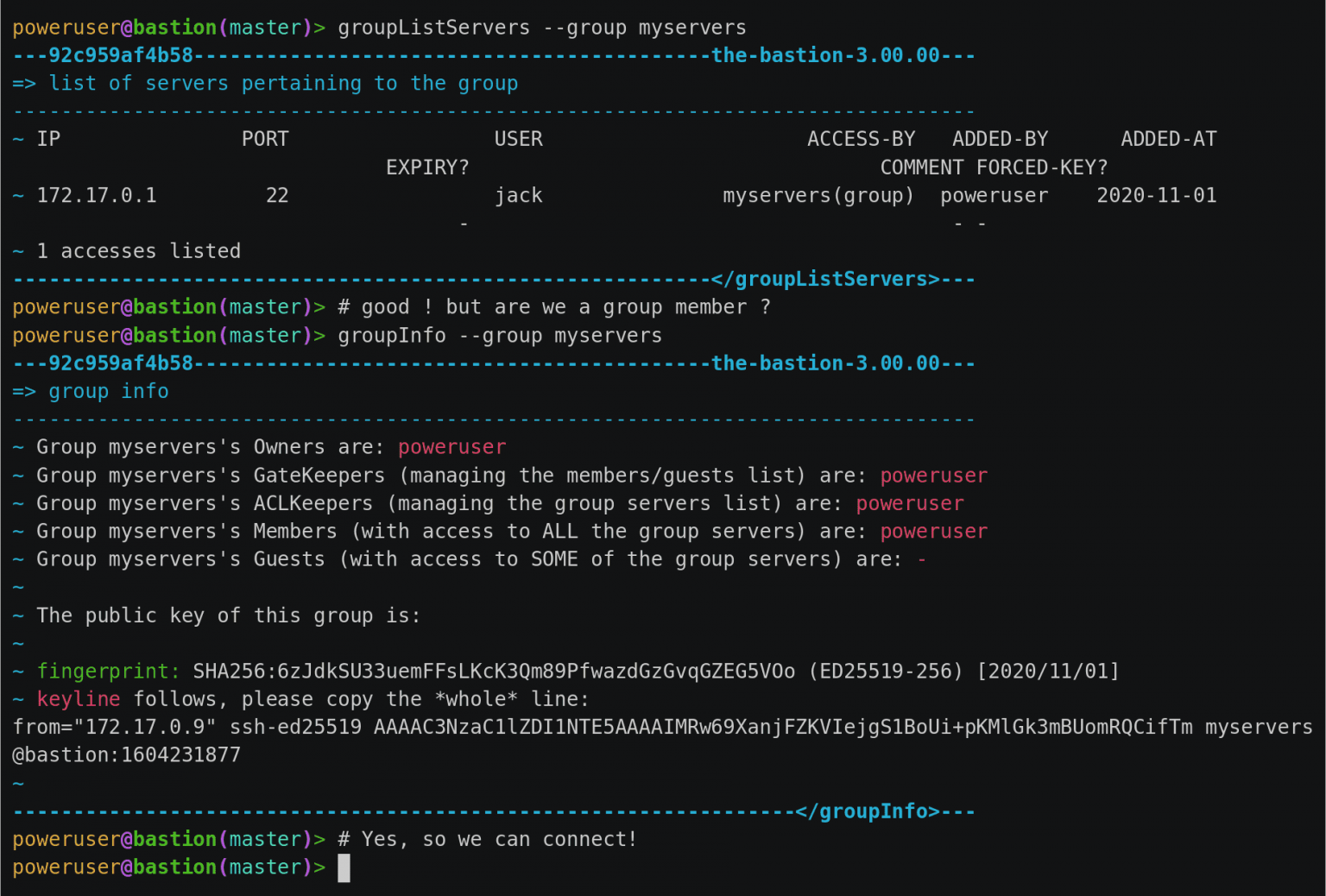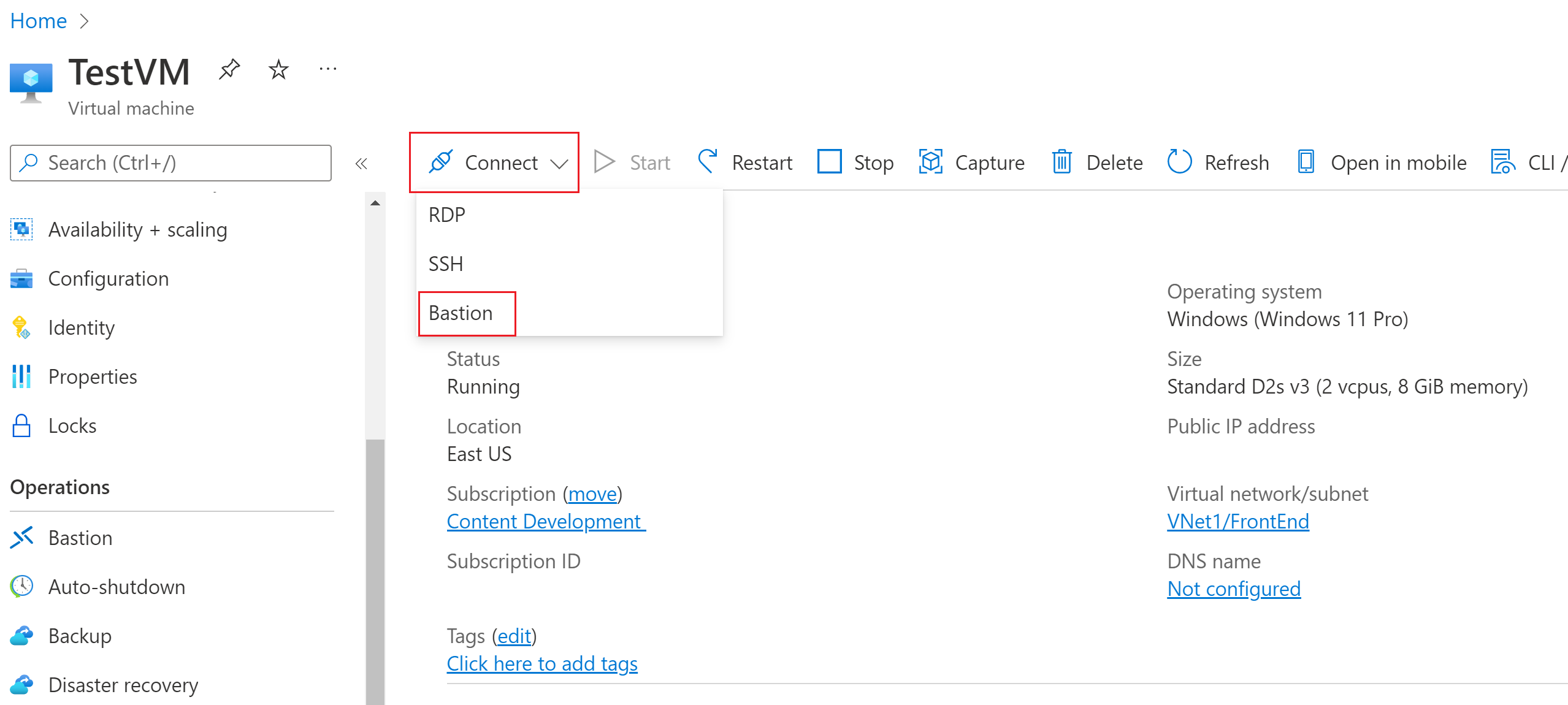

- #Audubon ssh bastion how to
- #Audubon ssh bastion update
- #Audubon ssh bastion software
- #Audubon ssh bastion mac
The configuration above will completely disable SSH logins into the bastion server, for everybody.
#Audubon ssh bastion update
Update /etc/ssh/sshd_config like so: # Prohibit regular SSH clients from allocating virtual terminals, forward X11, etc: PermitTTY no X11Forwarding no PermitTunnel no GatewayPorts no # Prohibit launching any remote commands: ForceCommand /usr/sbin/nologin First, we need to disable interactive SSH sessions so regular users won’t be able to SSH into the bastion. Now let’s take a look at the bastion server configuration. With ~/.ssh/config updated as shown above, a user can simply type: $ ssh 10.5. To avoid using -J flag many times, you can configure your client to apply this flag automatically based on the destination host name or address, and you can use wildcards: Host 10.5.5.* Note that 10.5.5.10 is the remote host’s address on a local datacenter network (or a VPC), not the local network of the client. The bastion host is specified via -J flag and it is used to jump to another host (10.5.5.10). If your bastion host is accessible via then you can access other hosts behind it (on the same VPC/LAN) via -J command line flag, i.e.
#Audubon ssh bastion mac
OpenSSH is usually preinstalled on most Linux and Mac computers. The configuration examples below make a couple of assumptions: We’ll start with OpenSSH as it’s the most common and it’s probably already installed on your Linux hosts.
#Audubon ssh bastion how to
We’ll show how to set up an SSH bastion with two open-source projects: OpenSSH and Teleport. In fact, the best SSH bastion should allow SSH clients to do anything else, other than “jump” to their final destinations. When doing your infrastructure planning, it’s a good idea not to re-use the SSH bastion server for any other purpose.
#Audubon ssh bastion software
You have a process in place for applying software updates and security patches in a timely manner.

SSH port is moved from #22 to something else.All network ports except those needed for SSH are not accessible from the Internet, either using a network firewall / load balancer (or security groups on cloud providers like AWS) or using the machine's built-in firewall, iptables.Before we get to SSH configuration, make sure that the regular Linux security hardening is applied: Therefore, setting up security on this machine is absolutely critical. Setting up an SSH BastionĪn SSH bastion is a critical component of your computing environment, as it reduces the attack surface to just one machine. an SSH client can be configured to “jump” automatically and we’ll cover this below. The process of “jumping” can be automated, i.e. Sometimes this process is called “jumping” and SSH bastions are also called “jump hosts”. If a user wants to access another machine, they need to connect to the bastion first, and then make another SSH connection from the bastion to the final destination. What makes it a bastion is the fact that it’s the only server which accepts SSH connections from the outside. Listen to this blog post What is an SSH Bastion?Īn SSH bastion host is a regular Linux host, accessible from the Internet. Both require a simple configuration file usually stored somewhere under /etc/. Teleport has been optimized for elastic multi-cloud environments and supports other access protocols in addition to SSH.īoth Teleport and OpenSSH support bastions, and they are extremely similar as they are both single-binary Linux daemons. Teleport is a much newer SSH server, its first production-quality release came out in 2016. It comes pre-installed by default with the vast majority of Linux distributions and is the easier option to get started with. OpenSSH is the older and better known SSH server. What is an SSH bastion and how is this different from an SSH jump server or an SSH proxy? In this post, we’ll answer this question and will show you how to set it up using two popular open source projects.


 0 kommentar(er)
0 kommentar(er)
